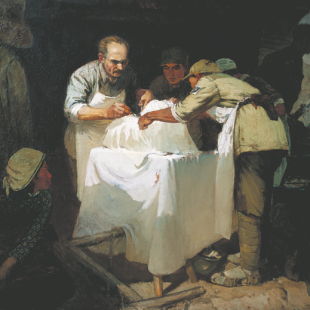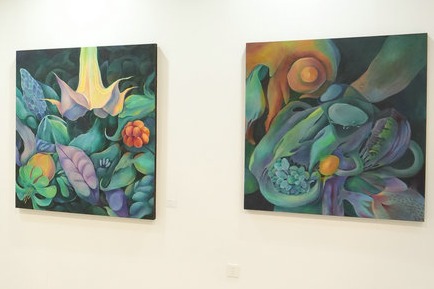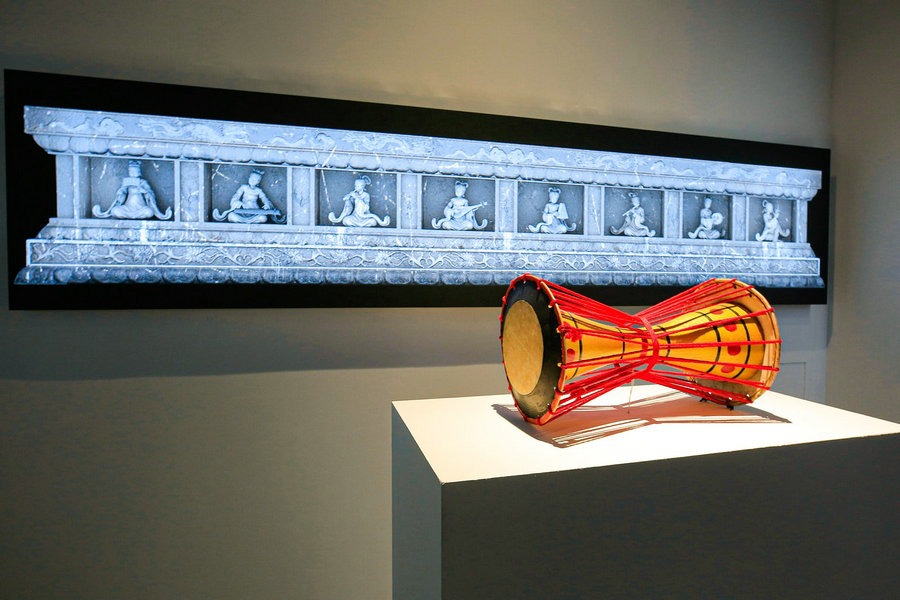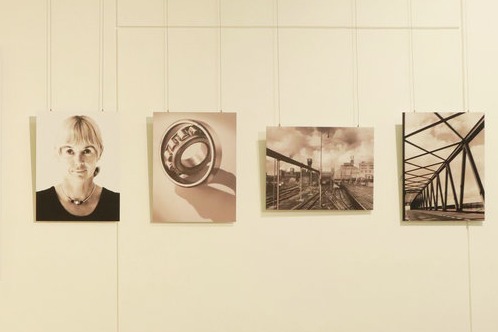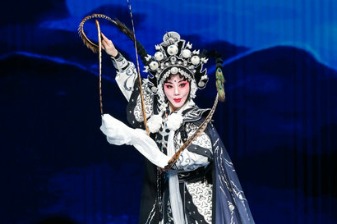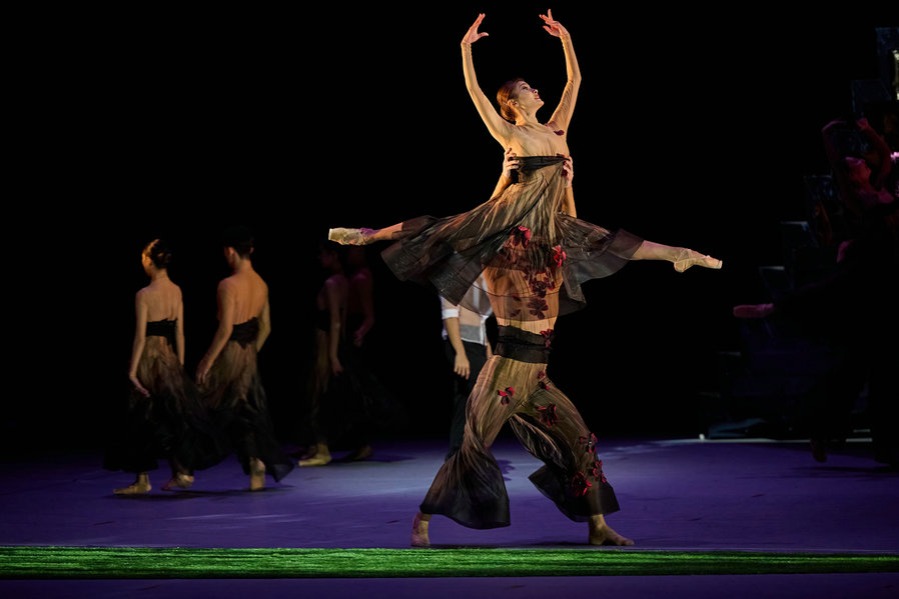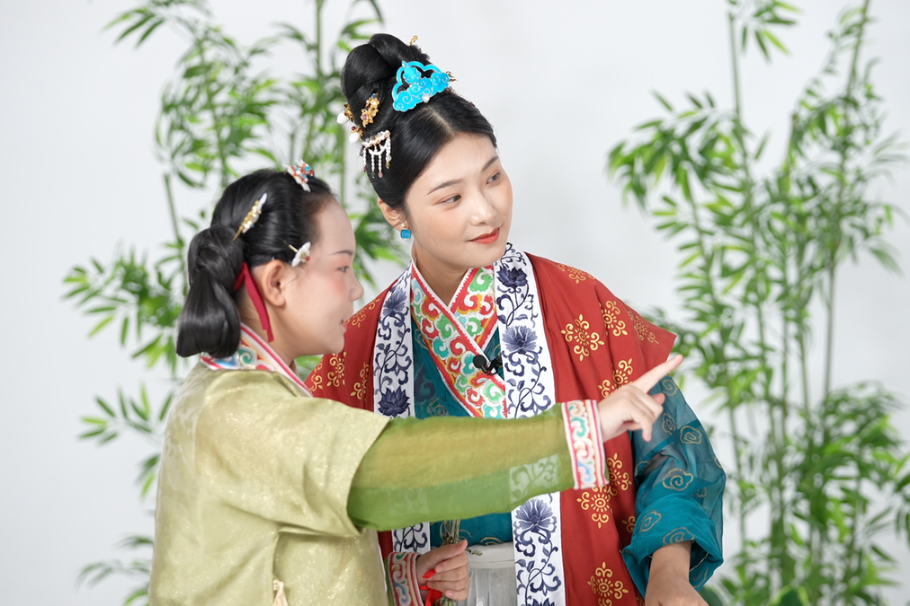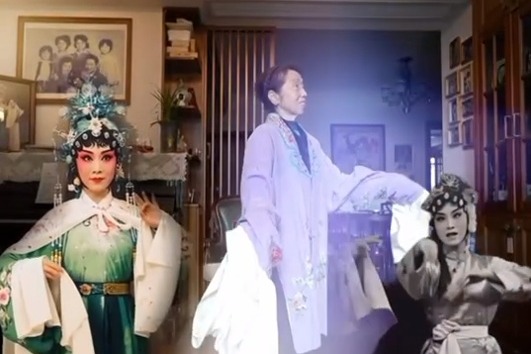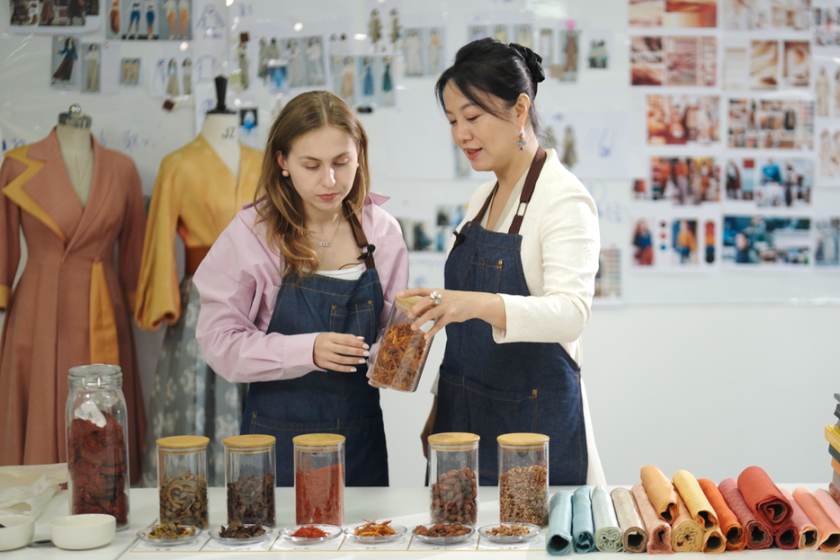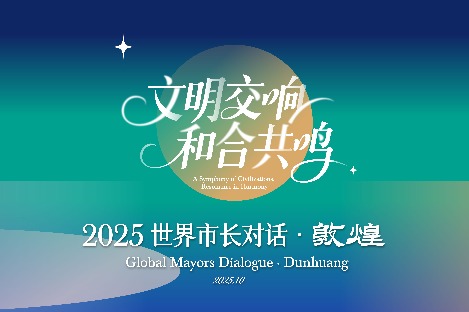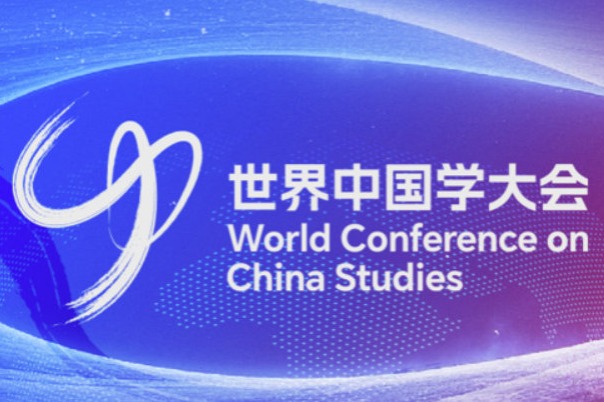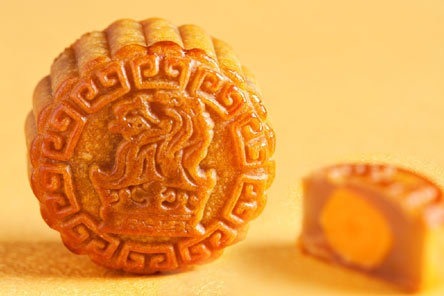When war shaped the canvas
Museum in Zhejiang honors artist couple whose paintings center on China's revolutionary history, Deng Zhangyu reports.

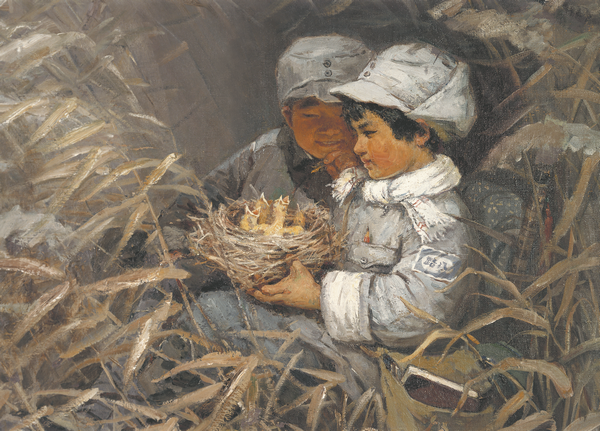
In 1950, with the approval of Commander Chen, Xiao Feng and some members of the Xin'an Touring Troupe were sent to study at the National College of Art in Hangzhou, now known as the China Academy of Art. After three years, in 1954, Xiao Feng passed a rigorous examination and went to study at the Repin Academy of Fine Arts in the former Soviet Union for six years.
That period was formative. He created Farewell to Jiangnan, a painting drawn from his wartime ordeal. Jiangnan refers to the southern regions of the lower reaches of the Yangtze River.
During an ambush in the marshes, his feet froze, nearly requiring amputation — until an elderly villager cradled them in his arms to warm them. The work immortalizes not only the cruelty of war but also the kindness that sustained survival.
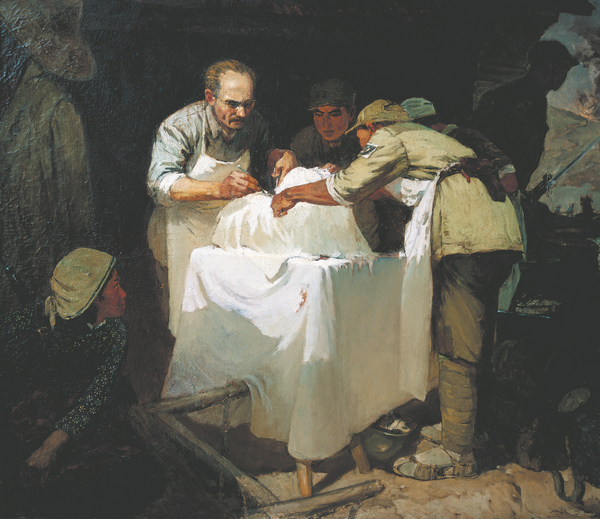
It was also in the former Soviet Union that Xiao Feng and Song Ren's partnership solidified, both as husband and wife and as collaborators in art. Together they painted Doctor Bethune, an image of the Canadian physician who served and died in China during the war. The work was later included in primary school textbooks, searing itself into the collective memory of generations.
Xu Jiang, vice-chairman of the China Federation of Literary and Art Circles, said that the couple created a large number of outstanding paintings, most of which are related to their revolutionary experiences and memories. These works preserve the cultural perspective and deep artistic passion that were nurtured during revolutionary upheavals.
"The 'book' of the couple's artistic careers is not an easy read, yet it is quite moving. The emotional impact lies in its ability to highlight the characteristics of the era and to present the genuine and sincere strength of a generation," said Xu at the opening ceremony of the Xiao Feng Art Museum in April.
Beyond his artistic pursuits, Xiao Feng made significant contributions to art education in China as a long-serving leader at the China Academy of Art in Hangzhou from 1983 to 1996.During his tenure, he recruited promising young artists, founded China's first institution dedicated to fiber art, and welcomed internationally renowned artists to lecture. These decisions helped cultivate a new generation of creative talent and pushed the boundaries of art education.
Fan Di'an, chairman of the China Artists Association, says that Chinese art in the 20th century developed with the tides of history. Veteran artists who participated in creation, education and organization played crucial roles. Xiao Feng stands out among them.
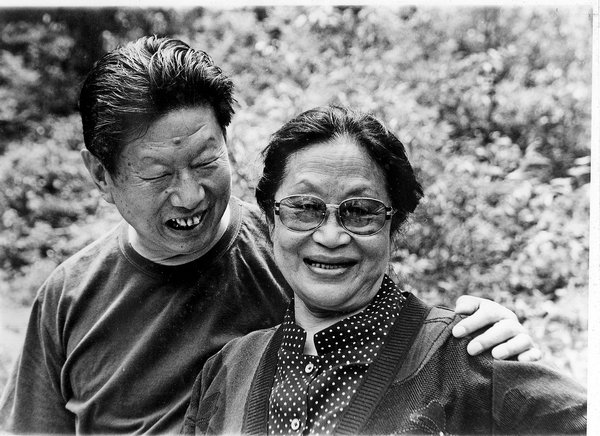
More than 80 of the couple's works are now on display at the Xiao Feng Art Museum. The museum's inaugural show, Children of the Era: The Art Exhibition of Xiao Feng and Song Ren, spans historical scenes, daily life, and vast landscapes of the motherland. Through bold brushwork and subtle tones, the paintings capture both the hardships and the spirit of endurance that defined their generation.
Since its opening, this uniquely shaped art museum has quickly attracted a large number of young visitors. Located just a few kilometers from the famed West Lake, the museum receives over 1,000 visitors each day.
"This is quite remarkable for an art museum, especially one that features exhibitions on revolutionary history. We didn't expect this," says Xiao Ge.
She notes that many initially come to admire the building but soon find themselves drawn to the paintings. In the process, they gain exposure to the country's revolutionary history and an appreciation for realist art.
Meng Yunsheng, director of the museum, says: "From the wartime era to the period after liberation, Xiao Feng's 80 years of artistic creation have always remained close to the people. His art museum is not only a treasure trove of art but also a base for patriotic education."


